The F4 Phantom Should Be in this History Books (It Keeps Making

The F-4 Phantom entered service in 1961 and set 16, speed, altitude, and time to climb records. The F4 Phantom II, with a top speed of Mach 2.27, quickly developed a reputation, with a 12.
MASTER OF THE SKIES — Phantom kill F4C downs a Mig21 in 2021

F-86s ended the war with a 10-to-1 kill ratio over the MiG-15s they faced. 15. F-4 Phantom. The F-4 was the fighter and attack workhorse for the U.S. Air Force, Navy, and Marine Corps for several decades and Phantom crews were the last to attain "ace" status in the 20th Century. The most noteworthy event happened on May 10, 1972, when.
Vietnam Ace DeBellevue Credits Teamwork in His Six Aerial Kills Air

The McDonnell Douglas F-4 Phantom II [N 1] is an American tandem two-seat, twin-engine, all-weather, long-range supersonic jet interceptor and fighter-bomber originally developed by McDonnell Aircraft for the United States Navy. [2]
A Case against the Phantom Page 3 ChitChat ED Forums

The F-4 Phantom II was a successful adversary to the North Vietnamese MiG-17 and achieved a high kill ratio of 2.5-to-1.
You Can Now Buy Your Very Own F4 Phantom Fighter Jet for a Total Steal
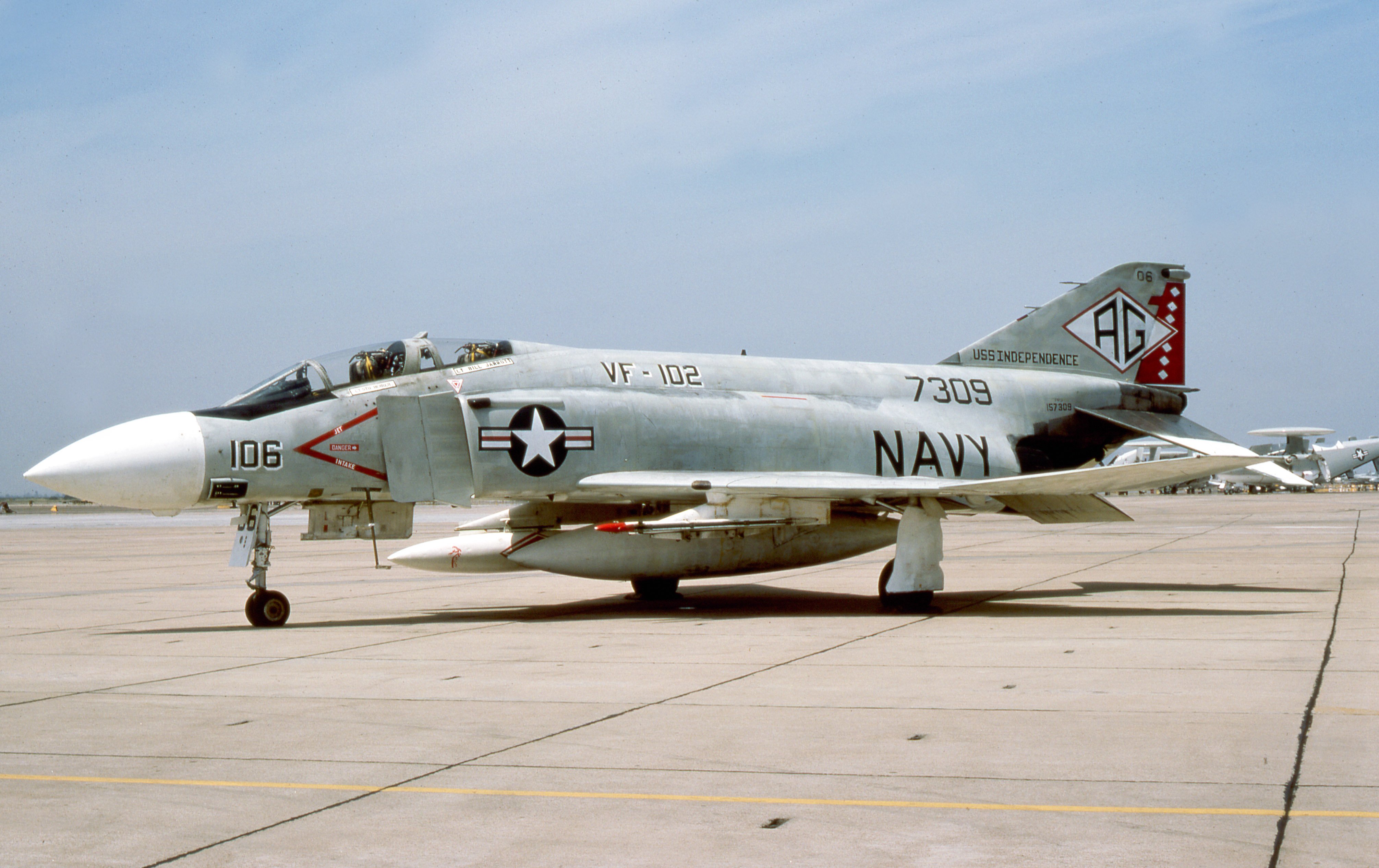
Hankins, Michael W. The Phantom Menace: The F-4 in Air Combat in Vietnam. Master of Science (History), August 2013, 161 pp., 2 illustrations, bibliography, 84 titles. The F-4 Phantom II was the United States' primary air superiority fighter aircraft during the Vietnam War. This airplane epitomized American airpower doctrine during the early Cold
F4E JV 268 MiG Killer F4 Phantom II
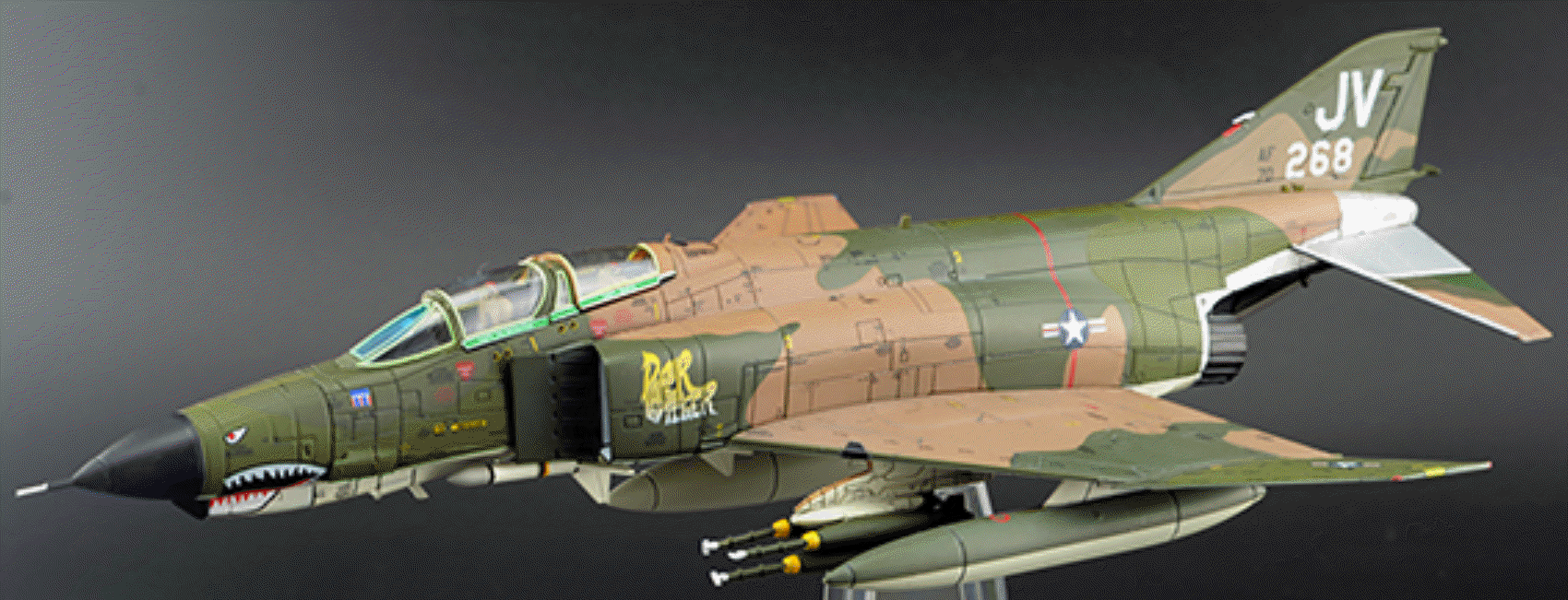
U.S. Navy aircrews were flying the most modern fighters in the world—the F-4 Phantom II and F-8 Crusader—against a relatively primitive foe in the North Vietnamese air force, yet the Navy's kill ratio was only 2.5:1.
Pin by ProCycling WorldTour on The Right Stuff.. Aircraft, Military

Based on the records I've seen for all air forces and all the wars the jet has been in, which is a lot in both categories, I can conclude that the total kill-to-loss ratio is probably about 3:1 or 4:1. About 1/5 of the total F-4's lost were lost in air-to-air combat I think. Sadly, most of them were U.S. Phantoms over Vietnam.
F4 Phantom by macsix on DeviantArt
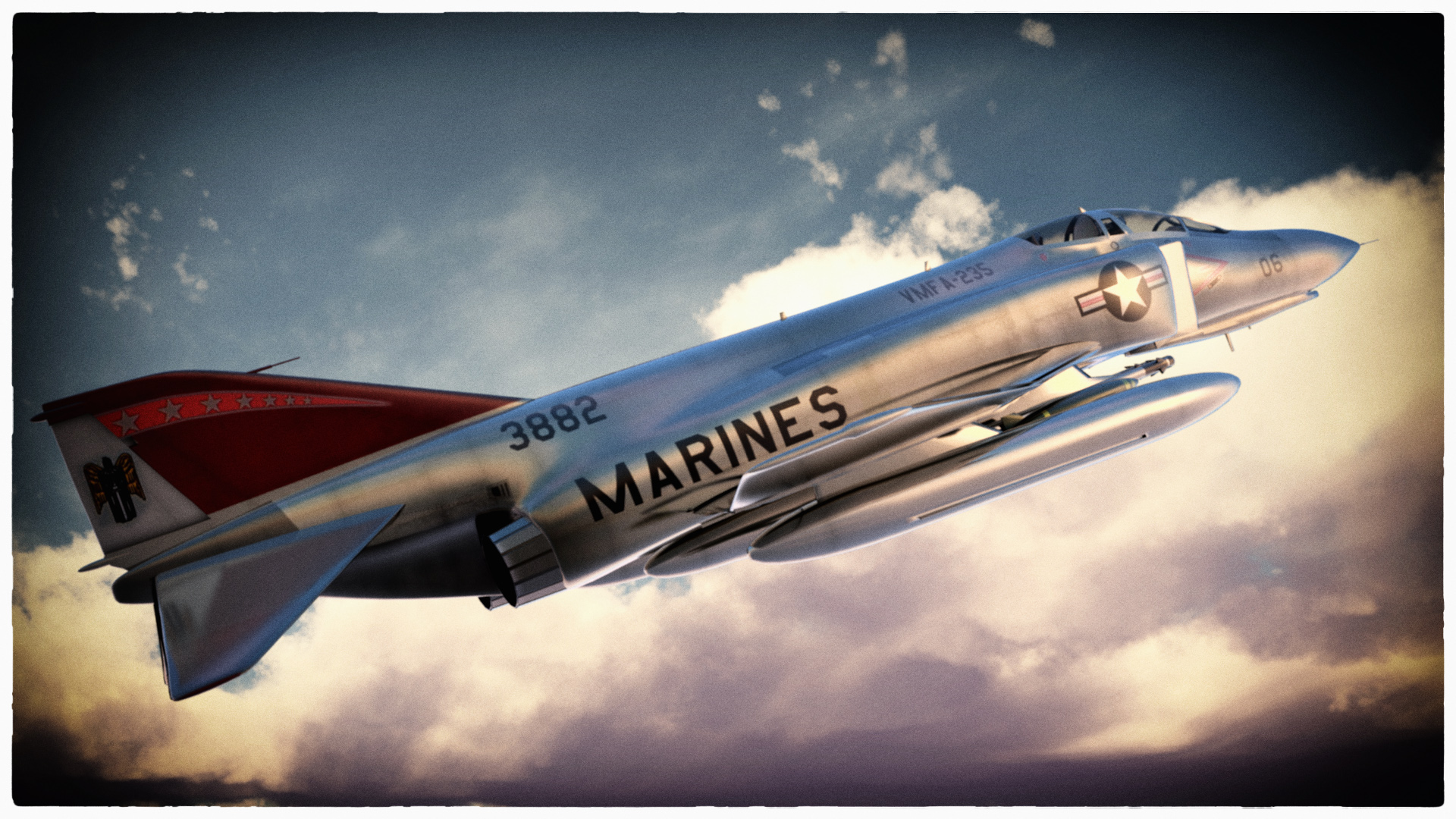
The Vietnam War equivalent is the MiGCAP mission—"MiG combat air patrols" of F-4 Phantom II fighters, which protected bomb carriers from MiG attacks during strikes on targets in North Vietnam. A fair comparison with Korea would be limited to the Vietnam War's MiGCAP missions. Geography of the Battlespace
How a U.S. Navy F4 Phantom II crew scored the 197th, and last, MiG

During the first four years (1965- 1968) of the U.S. military's participation in aerial combat over North Vietnam, both the U.S. Navy and the U.S. Air Force experienced unexpectedly high losses. The Air Force kill ratio in Korea was 4.7 to 1 from 1950 to 1952 and 13.9 to 1 from 1952 to 1953.
FreeStyle F4 Phantom II (14397) SurClaro Photos

By Michael Haskew During the protracted air war in the skies over Vietnam, two fighter interceptor and air superiority planes emerged as the most prominent aircraft of their type. These were the McDonnell Douglas F-4 Phantom and the Mikoyan Gurevich MiG-21.
The F4 Phantom Nearly Had a Fatal Flaw No Cannon 19FortyFive

By all accounts, the up-engined Phantom's performance was extraordinary, boosting the F-4E's thrust-to-weight ratio from .86 to 1.04. (A jet with a thrust-to-weight ratio exceeding of 1.0 or.
MiG ENCOUNTER The F4 Phantom Portfolio Aces High
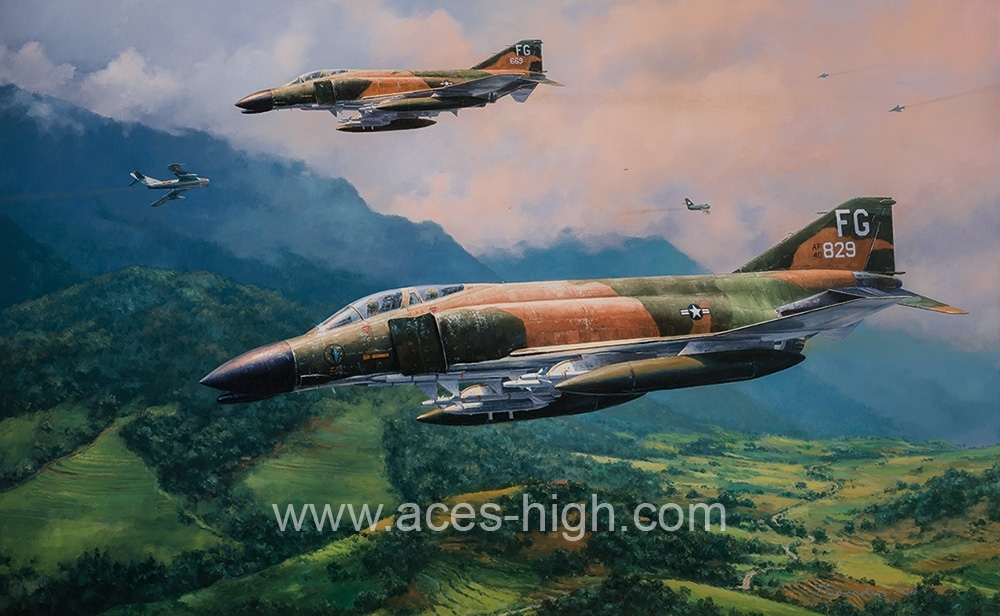
An F-4 crew admires a fifth aerial kill marked on their F-4 Phantom. L-r: Capt. Charles DeBellavue, Sgt. Reggie Taylor, Capt. Richard Ritchie, and SSgt. Frank Falcone. Photo: A1C Larry Groom LIMITED OBJECTIVES "Winning the air war" in a classic sense was not the strategy followed by either side.
Here's Why Israel Decided To Upgrade Its F4 "Super" Phantoms Flipboard
.jpg)
U.S. Navy McDonnell F-4B Phantom II pilot Dave Batson fires an AIM-7 Sparrow missile at a pair of MiG-17s, with an assist from his radar intercept officer, Rob Doremus. Batson's flight leader Lou Page had already scored a hit during the June 17, 1965, encounter. (Illustration by Adam Tooby) How Navy Aircrews Scored the First MiG Kills Over Vietnam
The F4 Phantom vs. the MiG21 Which Was Better?
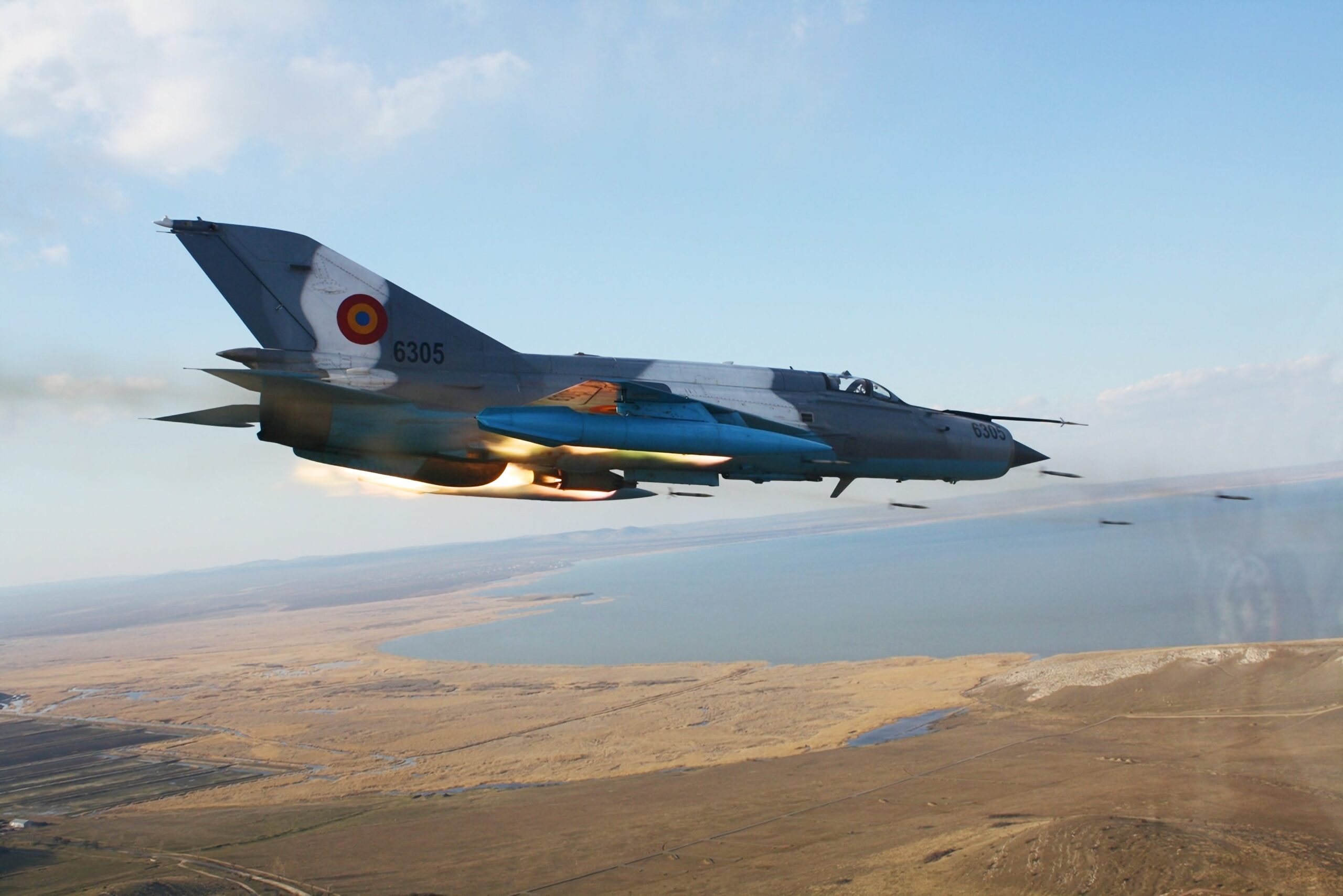
Aircraft which were destroyed on the ground are not included in this analysis, because any plane can get destroyed on the ground no matter how good it or its pilot is. F-16 Falcon 76-1-5 Gulf War (USA) 0-0-3 No-Fly Zones (USA) 2-0-0 Bosnia (USA) 4-0-1 Kosovo (USA) 1-0-1 Kosovo (Netherlands) 1-0-0 Kosovo (Portugal, Belgium, Denmark, Turkey) 0-0-0
More Than Sixty Years Later, the F4 Phantom Still Roams the Skies

With the US entry in the Vietnam War, the F-4 became one of the most identifiable aircraft of the conflict. US Navy F-4s flew their first combat sortie as part of Operation Pierce Arrow on August 5, 1964. The F-4's first air-to-air victory occurred the following April when Lieutenant (j.g.) Terence M. Murphy and his radar intercept officer.
The Vietnam Air War's Great KillRatio Debate
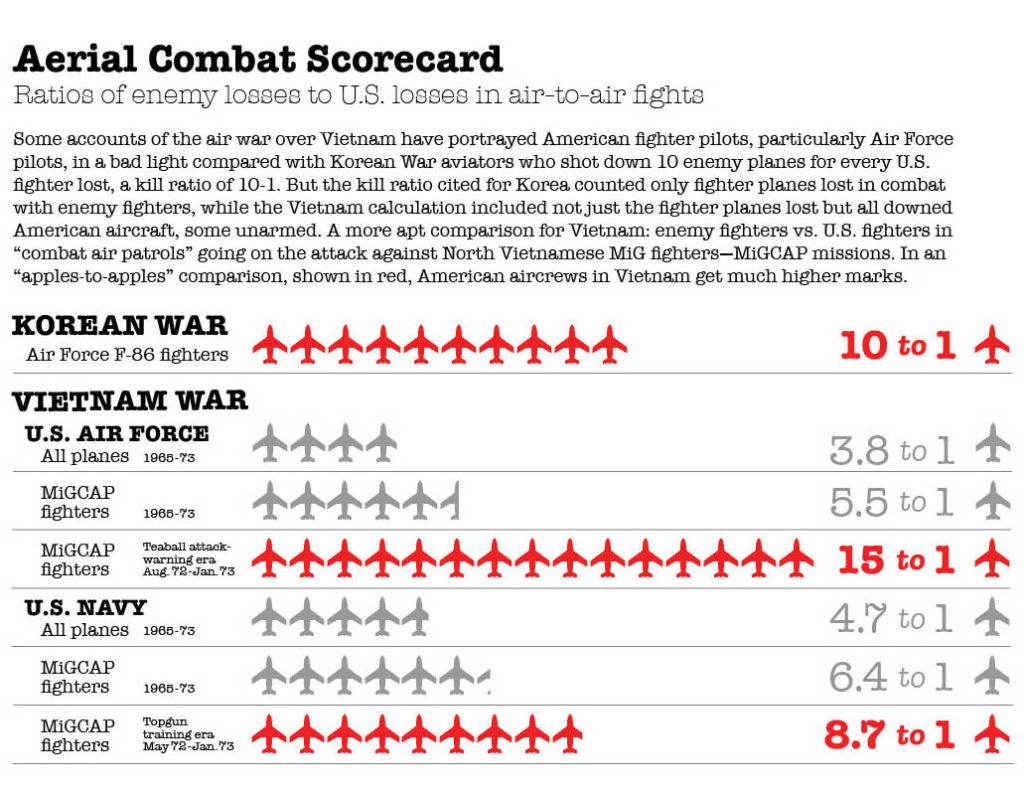
The F-4 Phantom II was the United States' primary air superiority fighter aircraft during the Vietnam War. This airplane epitomized American airpower doctrine during the early Cold War, which diminished the role of air-to-air combat and the air superiority mission. As a result, the F-4 struggled against the Soviet MiG fighters used by the North Vietnamese Air Force. By the end of the Rolling.